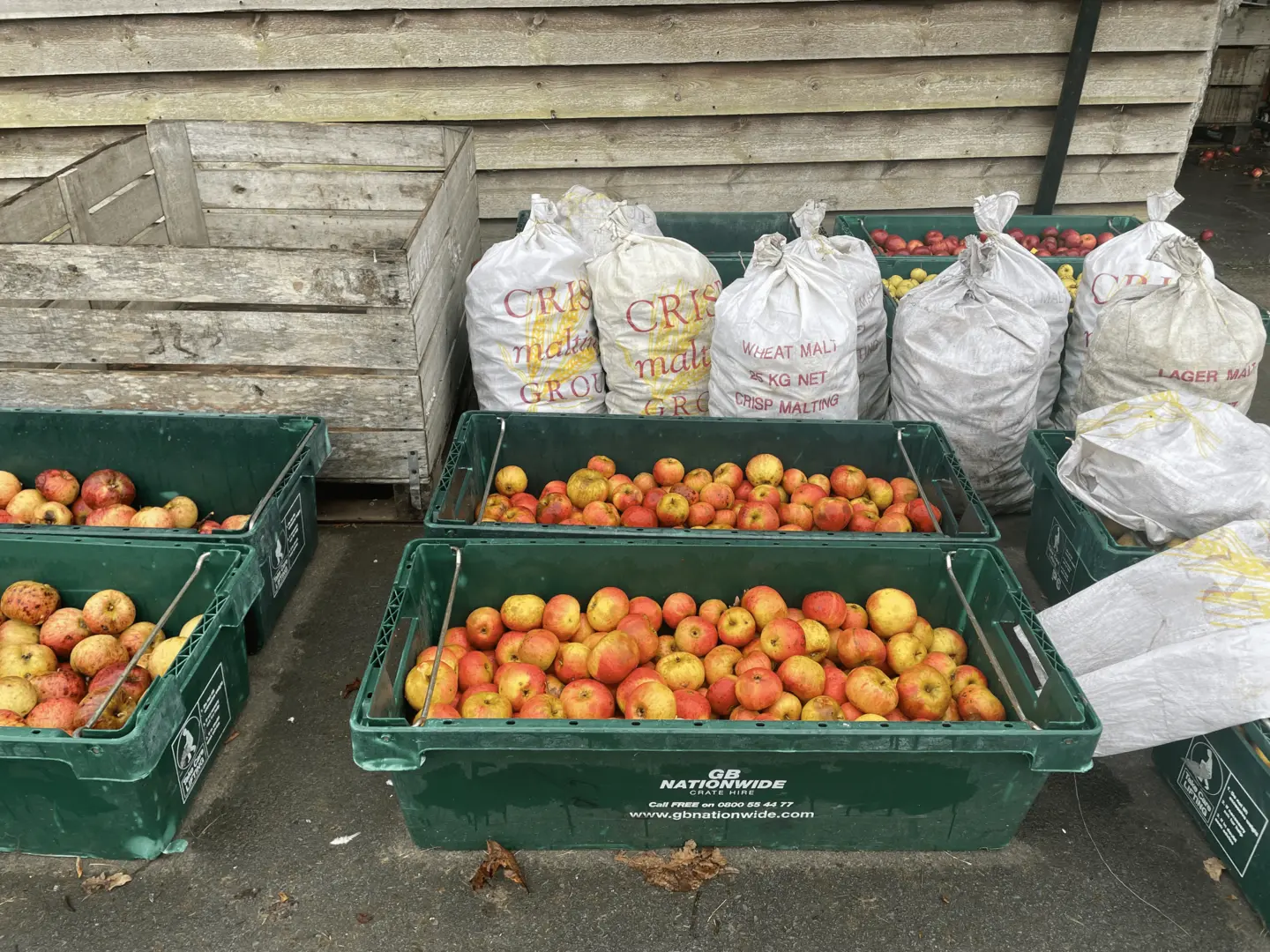How is Rose Cider Made?
The production of rose cider is a nuanced process, blending cider and winemaking techniques. It starts with the selection of the right apples, primarily red flesh varieties, known for their natural pigmentation. In some cases, cidermakers introduce winemaking elements like wine yeast and grape skins to enrich the cider’s colour and flavour. This methodical approach results in a drink that stands out both in taste and visual appeal, akin in its delicacy and complexity to some of the finest organic perrys.
Varieties of Rose Cider
- Dry Rose Cider: Characterized by a crisp and less sweet taste, these ciders are perfect for those who appreciate subtlety. They often exhibit floral or fruity undertones and a clean finish.
- For instance, Wölffer No. 139 Dry Rosé Cider is renowned for its floral notes and sophisticated blend of apples.
- Sweet Rose Cider: These are more fruit-forward and offer a richer, sweeter tasting experience. Ideal for those who enjoy bold flavours.
- An example is Alpenfire Glow Rosé Hard Cider, notable for its crisp acidity balanced with tropical fruit flavours.
Why It Has Become So Popular?
Several key factors have linked the ascent of rose cider to popularity. One notable milestone was Strongbow’s venture in 2020, a move that significantly broadened the cider’s appeal. In the US, it’s very popular and has become twice as big as fruit cider.
Millennial consumers are expected to continue driving this trend, which is not just a fleeting phenomenon. The cominbaton of its aethetic appeal and unique flavour profile attributes the success in the market. It appeals to people who want new and attractive drinks, showing that consumer’ tastes are changing.
Why Rose Cider Complements Various Foods:
- Light Salads: It pairs well with light and fresh salads. Its crispness and slight sweetness can elevate the fresh vegetables’ flavours.
- Enjoy a salad with vinaigrette dressing alongside rose cider for a harmonious blend of acidity and sweetness.
- Soft Cheeses: The subtle sweetness and fruit notes in It can beautifully balance the creaminess of soft cheeses.
- Pairing It with a cheese like brie or camembert creates a delightful contrast between the creamy texture and the cider’s crispness.
- Fruit-Based Desserts: While not as sweet as traditional dessert wines, rose cider can complement fruit-based desserts with its fruity undertones.
- A fruit tart or a berry-based dessert paired with rose cider can enhance the fruit flavours in both the cider and the dessert.





